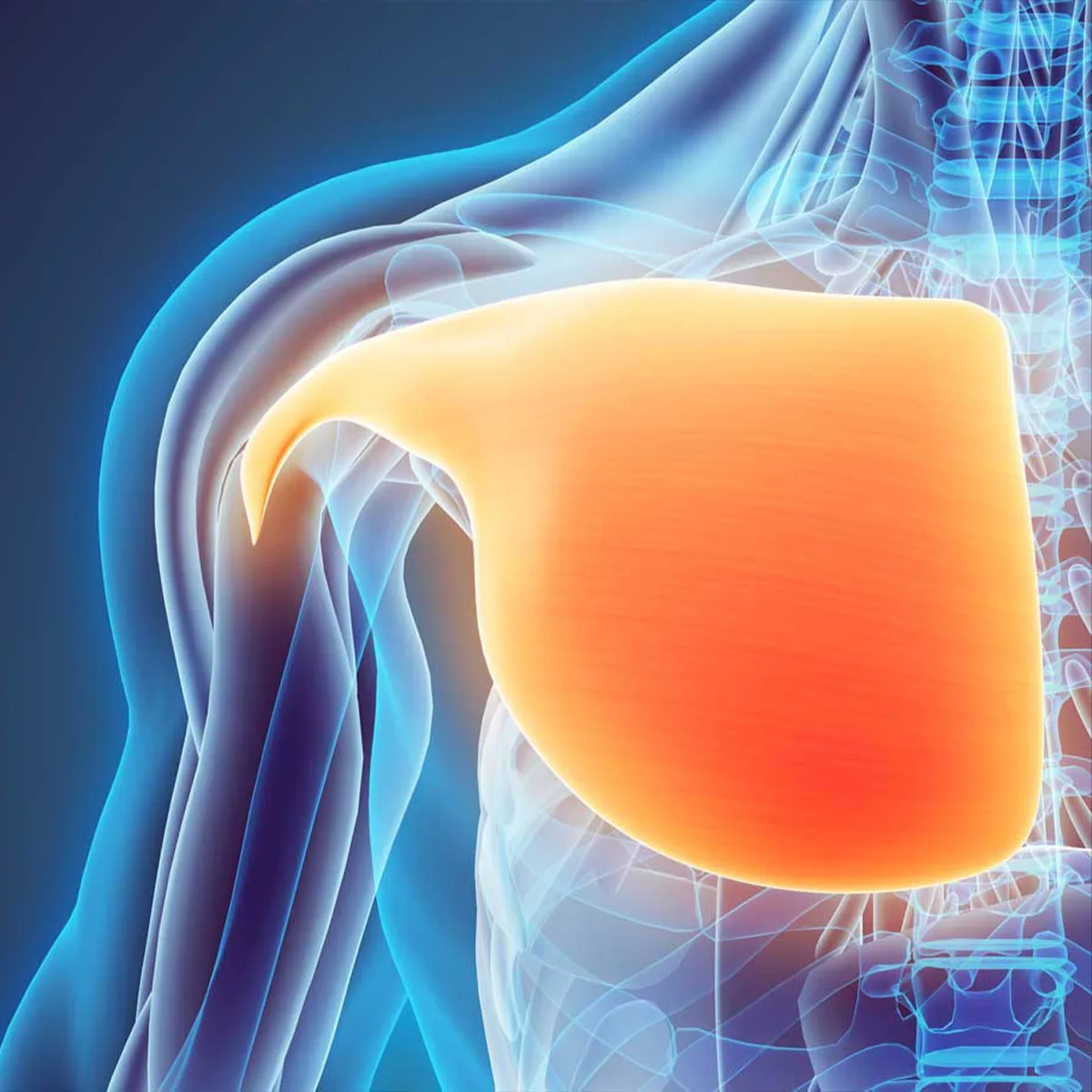Clavicle Fracture, also known as Broken Collarbone is a common shoulder injury. The clavicle or collarbone connects the shoulder blade to your breastbone. Most common causes of a broken collarbone include falls, sports and road accidents. Newborns may also sometimes break their collarbones during birth.
Clavicle Fracture Symptoms
Symptoms of a Clavicle Fracture or Broken Collarbone include:
- Shoulder pain increases when moving your shoulder.
- Swelling, tenderness or bruising in the shoulder.
- Skin over the affected area might look like a tent when gently pinched.
- A bump on or near the shoulder.
- Grinding or crackling sound when moving your shoulder.
- Stiffness in affected area or not being able to move the shoulder.
In infants you might observe, that they do not move their arm for days after clavicle fracture during birth and might cry if someone tries to move the arm.
Clavicle Fracture Causes
Broken collarbone causes often include:
- Falling onto the shoulder or onto an outstretched arm.
- Sports injuries, such as a direct blow to the shoulder.
- Car, road accidents and bike crashes.
- Birth injury, usually from a complicated vaginal birth.
Clavicle Fracture Complications
Most Clavicle Fractures or Broken Collarbones heal without difficulty. Complications, if and when occur, might include:
- Nerve or blood vessel injury - sometimes, the jagged ends of a broken collarbone may injure nerves and blood vessels. You should seek immediate medical attention if you feel numbness or coldness in an arm or your hand.
- Poor or slow healing - badly broken collarbone might heal slowly or incompletely. Poor joining of the bones during healing can also shorten the bone.
- A lump in the bone - as a part of the healing process, the area where the bone knits together forms a bony lump. The lump is easy to see because it's close to the skin. Most lumps disappear over time, but not all.
- Osteoarthritis - fractures that involve the joints, connectjng the collarbone to the shoulder blade or the breastbone might increase the risk of later developing arthritis in the affected joint.
When to see an Orthopedic
If you notice symptoms of a broken collarbone or enough pain, preventing you from using the arm as usual, see an orthopedic in Nairobi right away. Waiting to be treated can lead to complications and poor healing.
Most however may heal well with ice, pain relievers, a sling, physical therapy and time. Some breaks might require shoulder surgery to put plates, screws or rods into the bone to hold the pieces in place during healing.
Ready to book an appointment?
Other Shoulder Conditions







